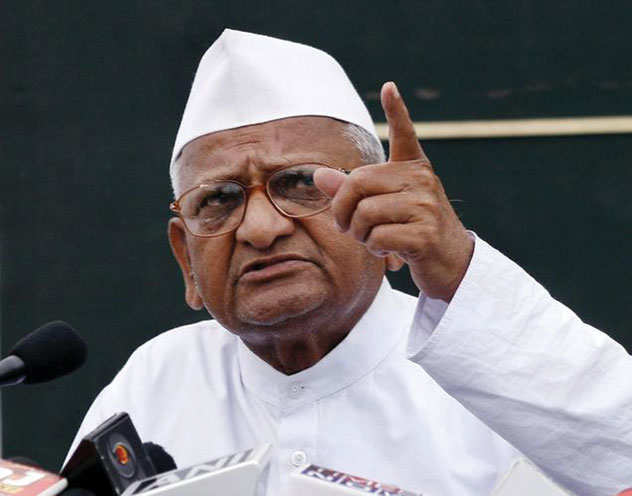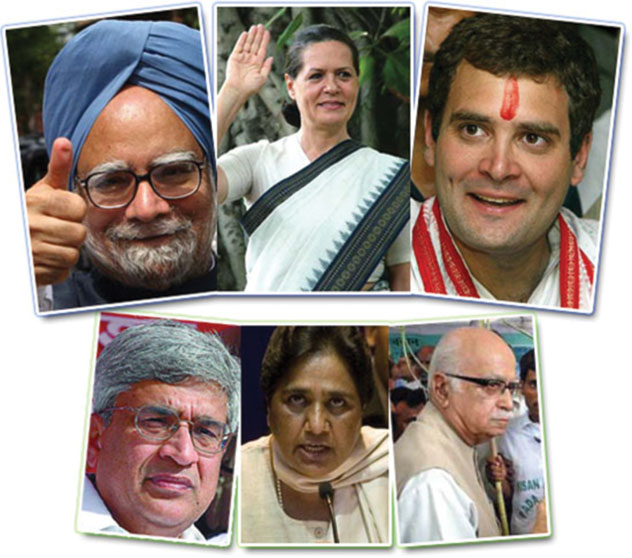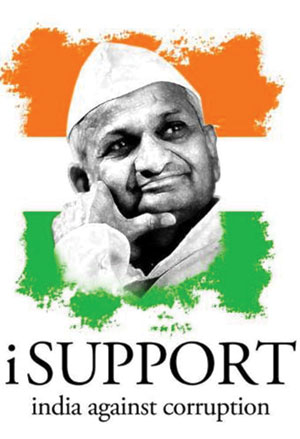|
|
|
ADVERTISEMENTS
|
|
PREMIUM
- HAPPY HOLIDAYS!
- Siliconeer Mobile App - Download Now
- Siliconeer - Multimedia Magazine - email-Subscription
- Avex Funding: Home Loans
- Comcast Xfinity Triple Play Voice - Internet - TV
- AKSHAY PATRA - Bay Area Event - Sat. Dec 6
- Calcoast Mortgage - Home Loans
- New Homes in Silicon Valley: City Ventures - Loden Place - Morgan Hill
- Bombay to Goa Restaurant, Sunnyvale
- Buying, Sellling Real Estate in Fremont, SF Bay Area, CA - Happy Living 4U - Realtor Ashok K. Gupta & Vijay Shah
- Sunnyvale Hindu Temple: December Events
- ARYA Global Cuisine, Cupertino - New Year's Eve Party - Belly Dancing and more
- Bhindi Jewellers - ROLEX
- Dadi Pariwar USA Foundation - Chappan Bhog - Sunnyvale Temple - Nov 16, 2014 - 1 PM
- India Chaat Cuisine, Sunnyvale
- Matrix Insurance Agency: Obamacare - New Healthcare Insurance Policies, Visitors Insurance and more
- New India Bazar: Groceries: Special Sale
- The Chugh Firm - Attorneys and CPAs
- California Temple Schedules
- Christ Church of India - Mela - Bharath to the Bay
- Taste of India - Fremont
- MILAN Indian Cuisine & Milan Sweet Center, Milpitas
- Shiva's Restaurant, Mountain View
- Indian Holiday Options: Vacation in India
- Sakoon Restaurant, Mountain View
- Bombay Garden Restaurants, SF Bay Area
- Law Offices of Mahesh Bajoria - Labor Law
- Sri Venkatesh Bhavan - Pleasanton - South Indian Food
- Alam Accountancy Corporation - Business & Tax Services
- Chaat Paradise, Mountain View & Fremont
- Chaat House, Fremont & Sunnyvale
- Balaji Temple - December Events
- God's Love
- Kids Castle, Newark Fremont: NEW COUPONS
- Pani Puri Company, Santa Clara
- Pandit Parashar (Astrologer)
- Acharya Krishna Kumar Pandey
- Astrologer Mahendra Swamy
- Raj Palace, San Jose: Six Dollars - 10 Samosas
CLASSIFIEDS
MULTIMEDIA VIDEO
|
|
|
|
|
OPINION:
Political Alienation: India's New Middle Class
India’s new-found middle class has long been alien to the political system of the country, mainly because of the fact that politics was a dirty business, until recently, when Anna Hazare took on the reins of change and brought the common man to the forefront of the Indian political scenario, writes Patrick French.

(Above): Anna Hazare.
As the largest democracy in Asia, and indeed in the world, India has a keen tradition of public protest. In fact, it is hard to travel from one end of an Indian city to the other without coming across a political or social demonstration of some kind, whether it is made up of lawyers, trade unionists, or party campaigners. April’s protest against corruption in public life at Jantar Mantar in New Delhi by the activist Anna Hazare and his followers is remarkable only for what it has achieved, and how quickly.
Hazare used an instantly recognizable Indian idiom of protest – the public fast – with its echoes not only of M.K. Gandhi but of countless later imitators. As a method of exerting pressure, it was certainly effective: the government agreed to introduce a severe new law against corruption – the Lokpal Bill – and to give Hazare and his nominees a hand in the drafting. At Jantar Mantar, visitors sang bhajans and chanted “Bharat Mataji.” Politicians who attempted to join in were chased away, but movie stars were welcomed. Soon, Bollywood players were matched in their enthusiasm by rich business people like Adi Godrej and Rahul Bajaj, and even by the Federation of Indian Chambers of Commerce and Industry. “Corporate India does support his cause. We are with him,” Godrej was reported as saying. An actress who was interviewed on television just as Hazare was reaching agreement with the government announced, “A four-day fast is about right for the body” – giving the impression she thought of the fast as a crash diet, the kind you might go on before shooting a film.
With the Middle East contorted by attempts at revolution, it was understandable that parallels might be drawn – at least by the Indian media – between Jantar Mantar and Egypt’s Tahrir Square. But the spontaneous, heartfelt popular support expressed for Anna Hazare’s cause had more in common with the Tea Party movement in the United States; it came out of a sense that regular, middle-class people are disenfranchised, that their government is aloof, and that something indefinable but important is being taken away from them. The emotion behind the protests in India was perhaps more important than their ostensible purpose, or the hazy focus, which ignored the serious practical difficulties with the proposed Lokpal Bill. It arose from a pent-up frustration that even as India is growing richer, corruption is deepening, and professionals – the sort of people who spread the word about the protests on Facebook and Twitter – are isolated from the workings of government. The country might have one of the largest middle-classes in the world, but its members are not in the driving seat. Even film stars and business tycoons share the feeling that political leaders are part of a distant, alien tribe with whom they have only fleeting contact.

(Above): A poster of current top level politicians in India.
The structural causes of this are various: national politicians tend to be rich and well-educated, but many also have criminal cases pending against them; in certain states, an entry into politics is the best and occasionally the only way of securing protection. The most fundamental cause is the narrowing of access to representation. In short, if you do not come from an established ruling family, you have almost no chance of progressing in national politics, unless you join an ideological party such as the Bharatiya Janata Party (BJP) or the Communist Party of India (Marxist) (CPI(M)), where lineage is not important. A snapshot of the fifteenth Lok Sabha shows that nearly half of all Members of Parliament (MPs) aged fifty or under are hereditary, selected to contest a seat primarily because they are the children of politicians.
The situation is most serious in the Indian National Congress, where every MP under the age of thirty-five is hereditary. If you extend the survey across the whole Lok Sabha, thirty-three of the youngest thirty-eight MPs entered parliament because of their birth. Out of the other five, three progressed through the ranks of the BJP, Bahujan Samaj Party (BSP) and CPI(M) apparently on merit, one was given a ticket by Mayawati because he was an established student leader cum mafioso, and the other was hand-picked for a parliamentary career by the Congress heir-apparent, Rahul Gandhi. For women MPs (whose numbers are set to rise significantly with the passage of the 108th Constitution Amendment, which reserves 33 percent of seats in national and state bodies for women) the figures are more shocking still: 70 percent are the wives, widows, or daughters of prominent politicians. In some cases, family links extend in several different directions, making the MPs not just hereditary but hyper-hereditary. Although similar data for a “snapshot” of the Lok Sabha for earlier years does not exist, the available evidence suggests that the problem is getting worse, even if a precise statistical comparison is not possible. Only about 10 percent of current MPs over the age of seventy are the beneficiaries of nepotism or their lineage, whereas more than two-thirds of MPs under the age of forty are hereditary.
 (Right): A poster in support of Anna Hazare. (Right): A poster in support of Anna Hazare.
What this arrangement has done is to exclude a giant pool of talented people in India from national politics. Instead of a participatory democracy, where personal merit is the main determinant of being picked to contest a seat, family has become the central factor. Those on the center-left or center-right of the political spectrum – people who do not wish to join the communists or the BJP – have little reason to participate, since they know they can never progress at a national level. All the seats are taken, so their ambitions are made irrelevant. It is a partially articulated frustration – a sense of impotence, because politics is increasingly received passively – that lies behind the recent undeveloped rage against “corruption,” and against politicians in general. This has enabled Anna Hazare to achieve a victory he can never have anticipated.
The full dataset for the research into the make-up of the 15th Lok Sabha is available at http://www.theindiasite.com/family-politics/.
This article first appeared in ‘India in Transition (IiT),’ a publication of the Center for the Advanced Study of India (CASI) of the University of Pennsylvania. All viewpoints, positions, and conclusions expressed in IiT are solely those of the author(s) and not specifically those of CASI. ©2011 Center for the Advanced Study of India and the Trustees of the University of Pennsylvania. All rights reserved. [http://casi.ssc.upenn.edu].
|
 |
Patrick French is the author of ‘India: A Portrait,’ published by Knopf in June 2011. He is also a winner of the National Book Critics Circle Award for his biography of VS Naipaul, ‘The World Is What It Is.’
|
|
|
|
|
|
|